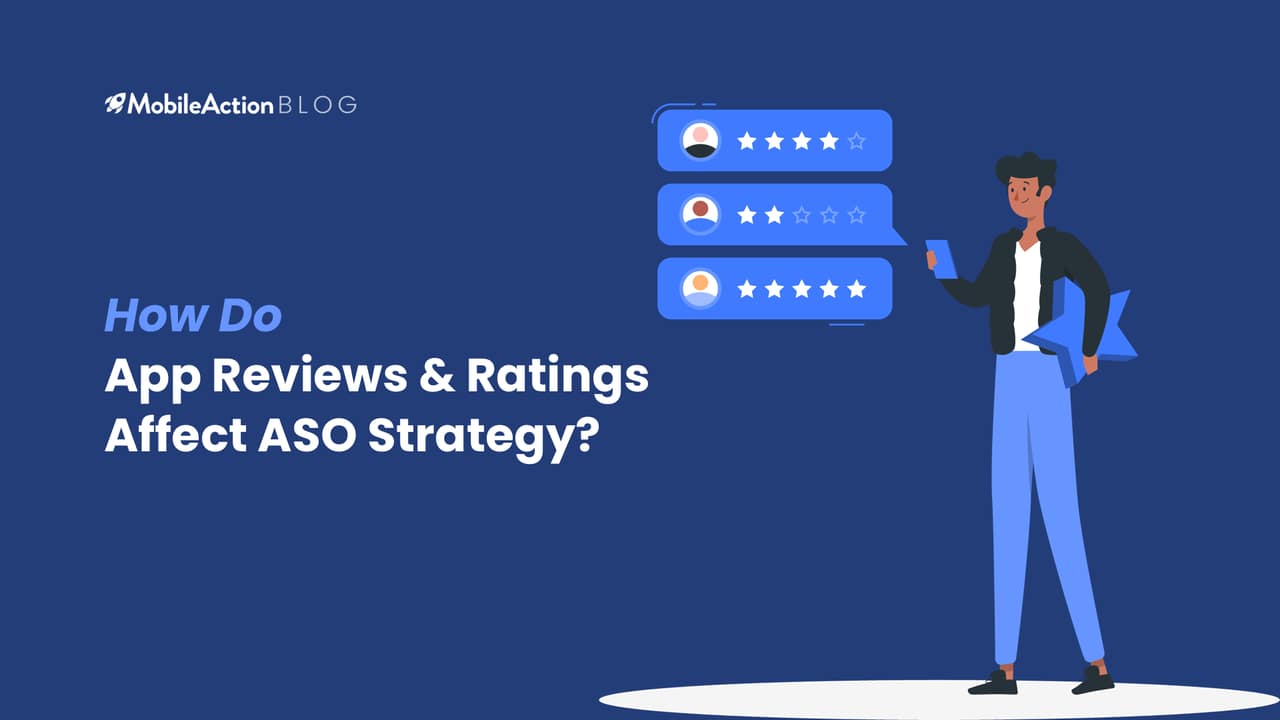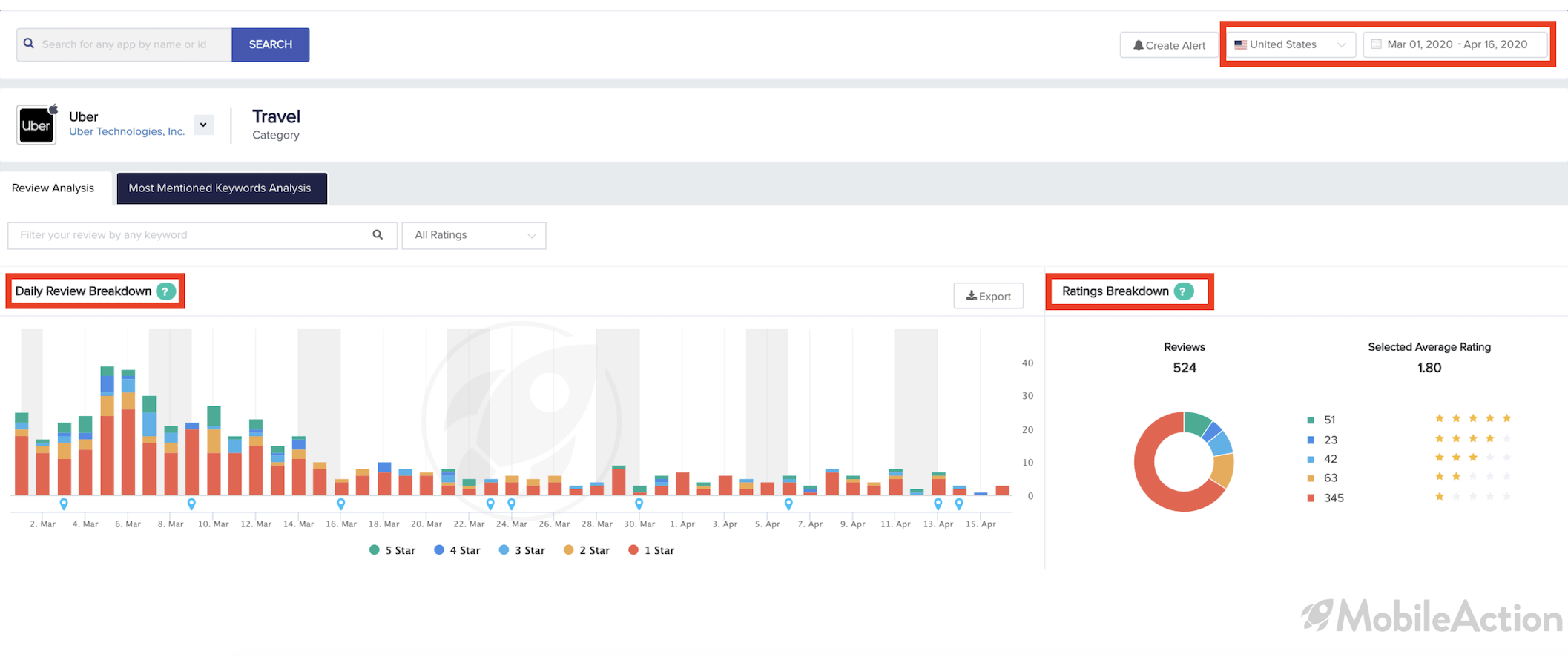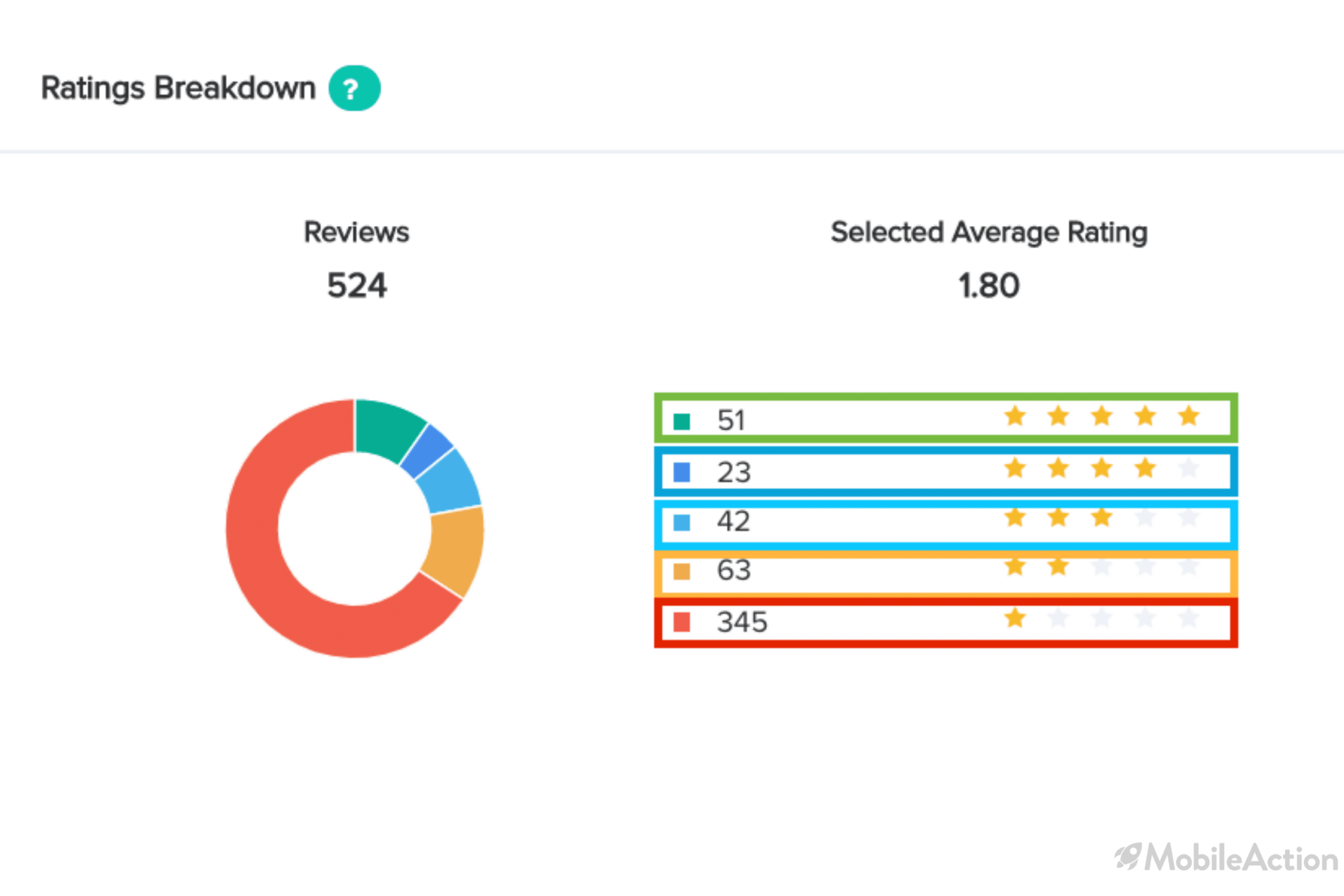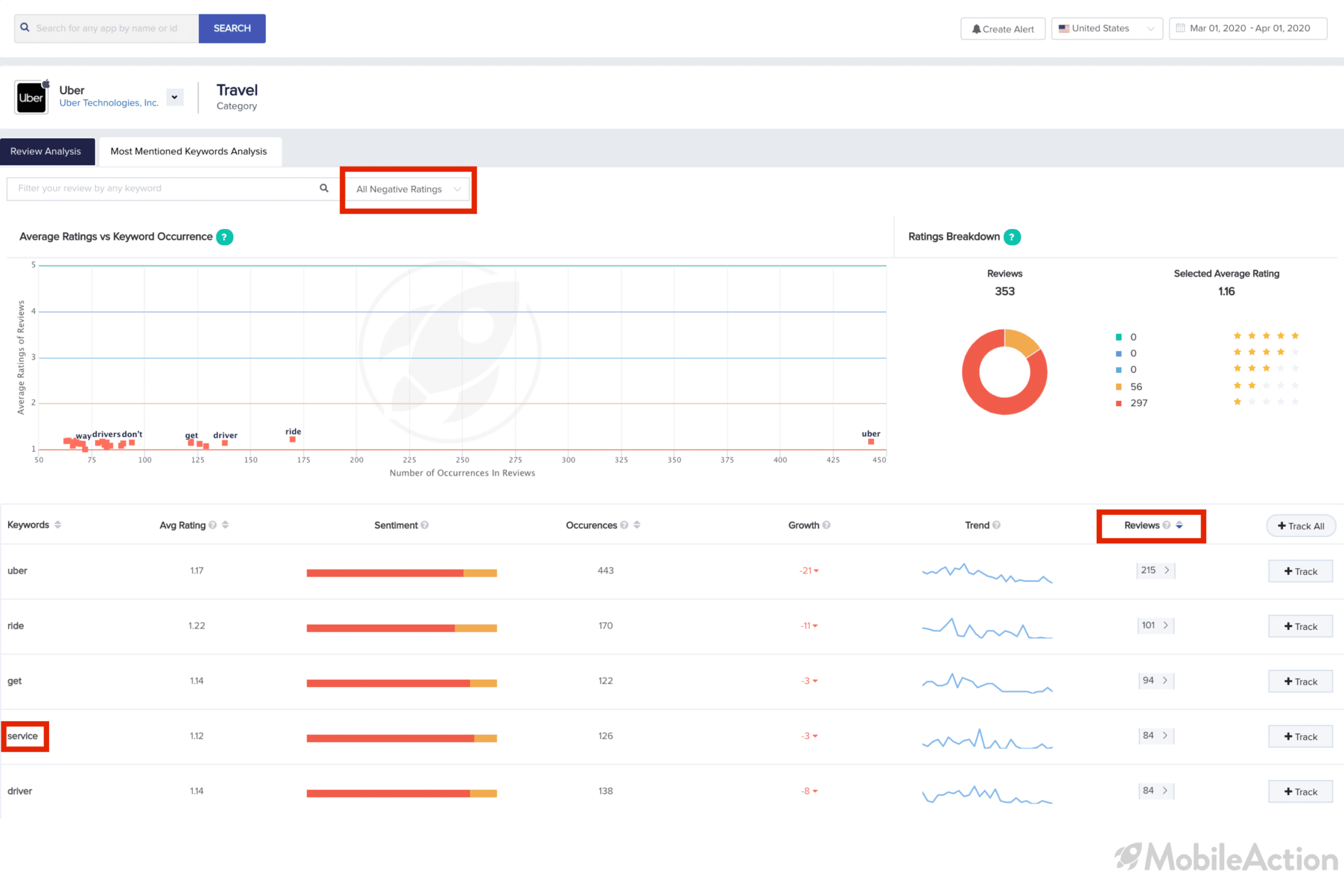The number of apps in both of the two major app stores are up to six million and increasing day-by-day. When both Google Play Store and the App Store were announced to the public back in 2008, of course, they didn’t have so many apps under their wings, but today it is a different story.
There are more apps added to each app store every day and the level of competition is higher than before. Therefore, app reviews and ratings play a key role in the success of the apps available in stores.
If you’re producing an app there is usually at least 1 app that is similar to yours, so in this battle where every aspect makes the difference in winning the user’s attention, you need to win the attention.
People need to decide which app to download. But what are the factors that potentially might influence the decision? The answer is; “other people’s opinion”, for sure.
Certainly, the “social proof” plays the role of a decision factor. It is the time when App Reviews & Ratings come into the play.
App Store Reviews & Ratings
Ratings & Reviews are one of the important factors in ASO (App Store Optimization), yet many developers keep neglecting it.
On this blog post, we are going to highlight the main points on how useful reviews and ratings are and in what ways they do affect ASO.
- The rating allows users to rate between 1 and 5 stars according to the level of satisfaction by the app and its features.
- An app review is a written response that users leave with feedback.
App Reviews
An app review is generally an independent, objective way of describing the dichotomy of views through the user’s eyes.
Basically, it is a form of marketing that is trusted by people. It shows what to expect from the app as a future buyer. App reviews can be either positive or negative.
Below is a screenshot from Uber technologies review breakdown in the period from March 1st to April 1st, 2020, Reviews by MobileAction Chart:
Let’s have a look at the colors in the chart. The green is 5 star, dark blue is 4, light blue is 3, orange is 3 and red are showing 1 star. When we look at the Daily Review Breakdown we can see that the reviews overall have been less, regardless of their color. And when we look at the overall we can see that there have been more 1 star ratings lately in March 2020.
To see a deeper review analysis we can take a look at Most Mentioned Keywords Analysis next to Review Analysis tab. With its graph, you can see the patterns for the most mentioned keywords in reviews and the average ratings with these keywords. You can use filtering for the keywords in the red area to identify potential disturbances in your app. And also, learn what your users truly love about your app by filtering keywords in the green area. You can use this breakdown of the ratings to understand user sentiment.
Here you can choose the date and type of reviews, let’s choose the past month (March 1st to April 1st, 2020) and choose All Negative Reviews first. Above are the keywords most used for 1 and 2-star ratings. We can sort the reviews from most used to least used and track them individually in reviews to get a better understanding of their contexts.
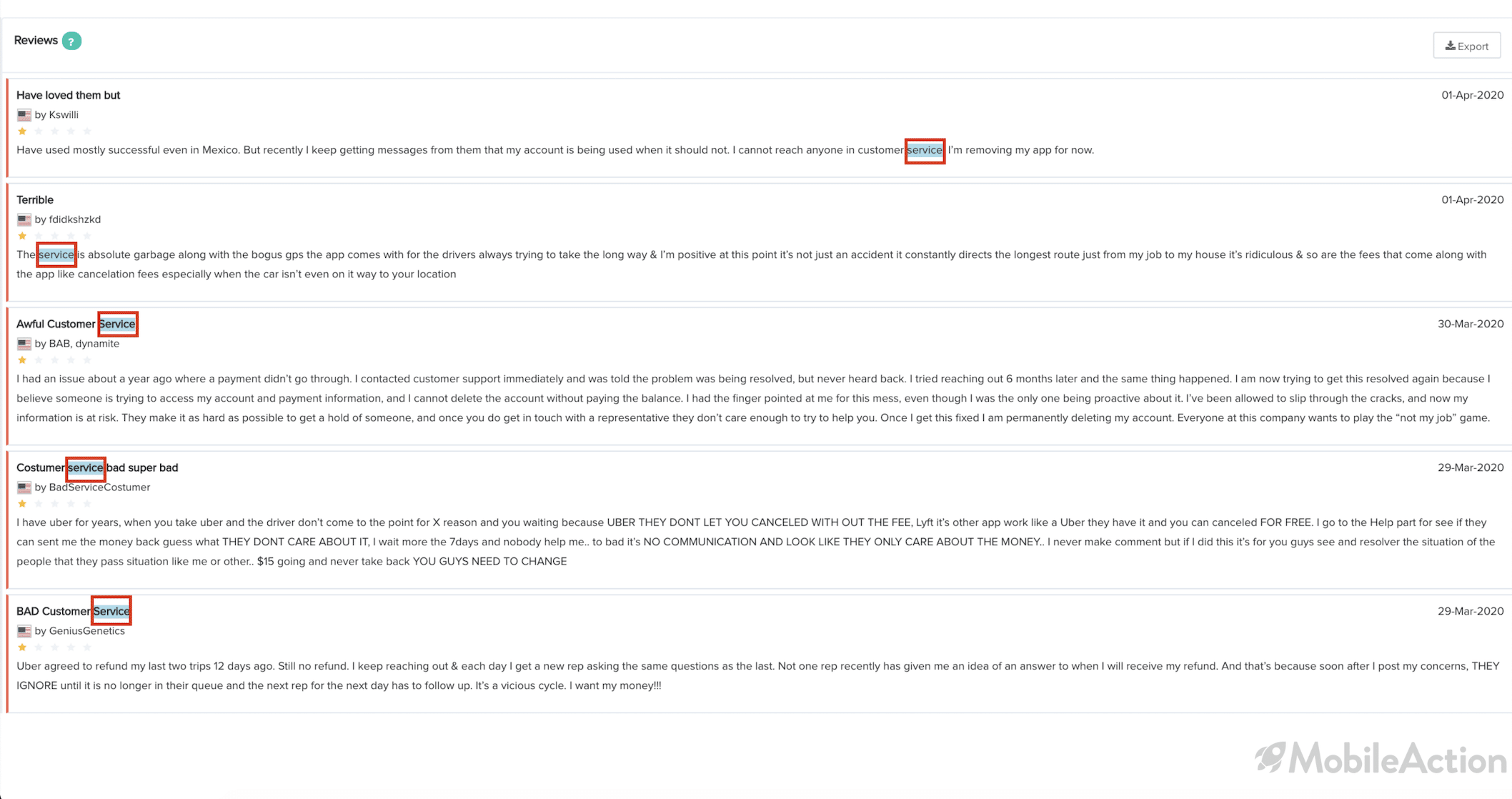
One of the most used keywords for 1 and 2-star ratings is “service”. When we look at the reviews with this keyword we can easily see what the customers were bothered by.
Let’s choose positive reviews now and see what kind of reviews users gave.
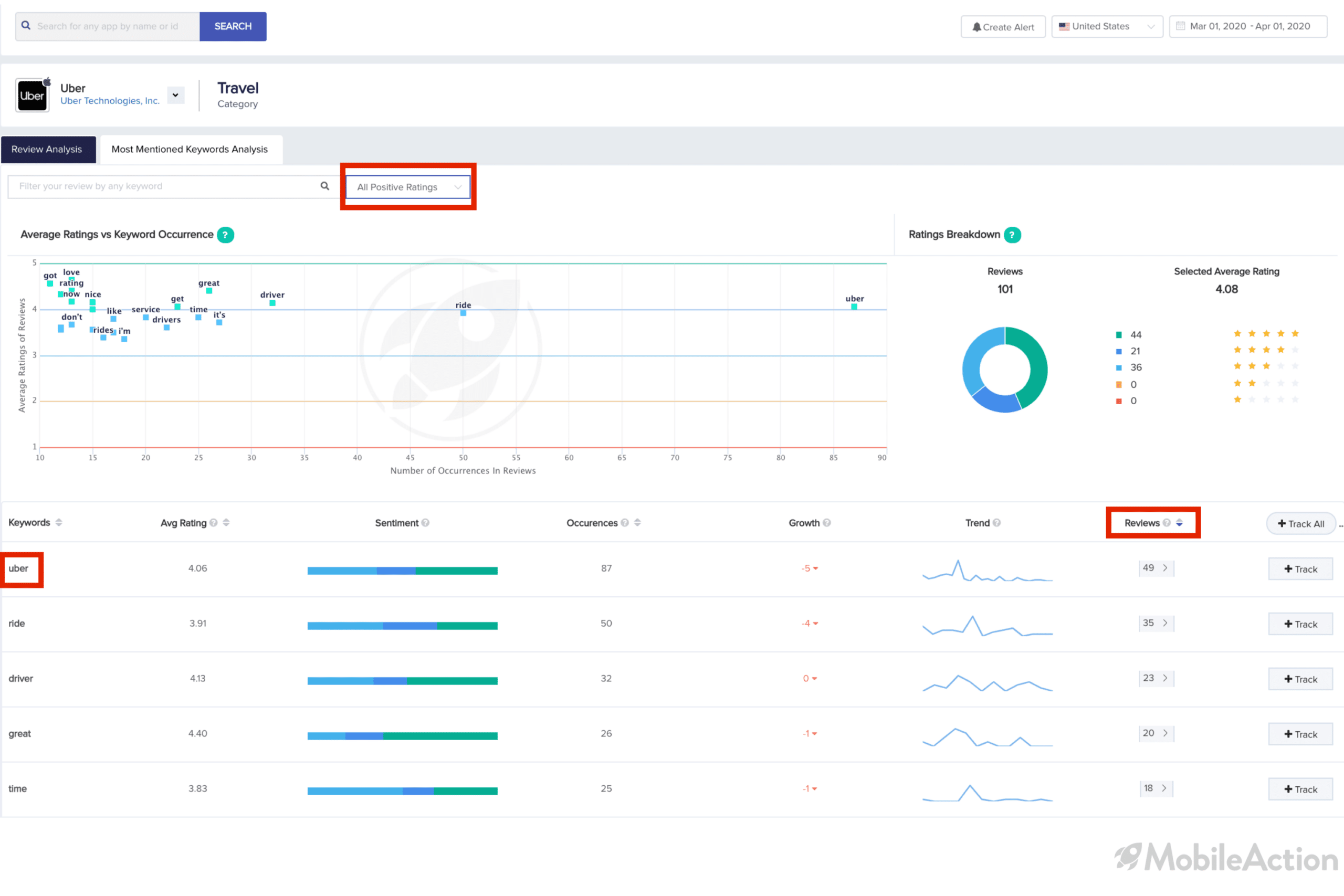
When we sort it to see positive reviews here are the most mentioned keywords we got.
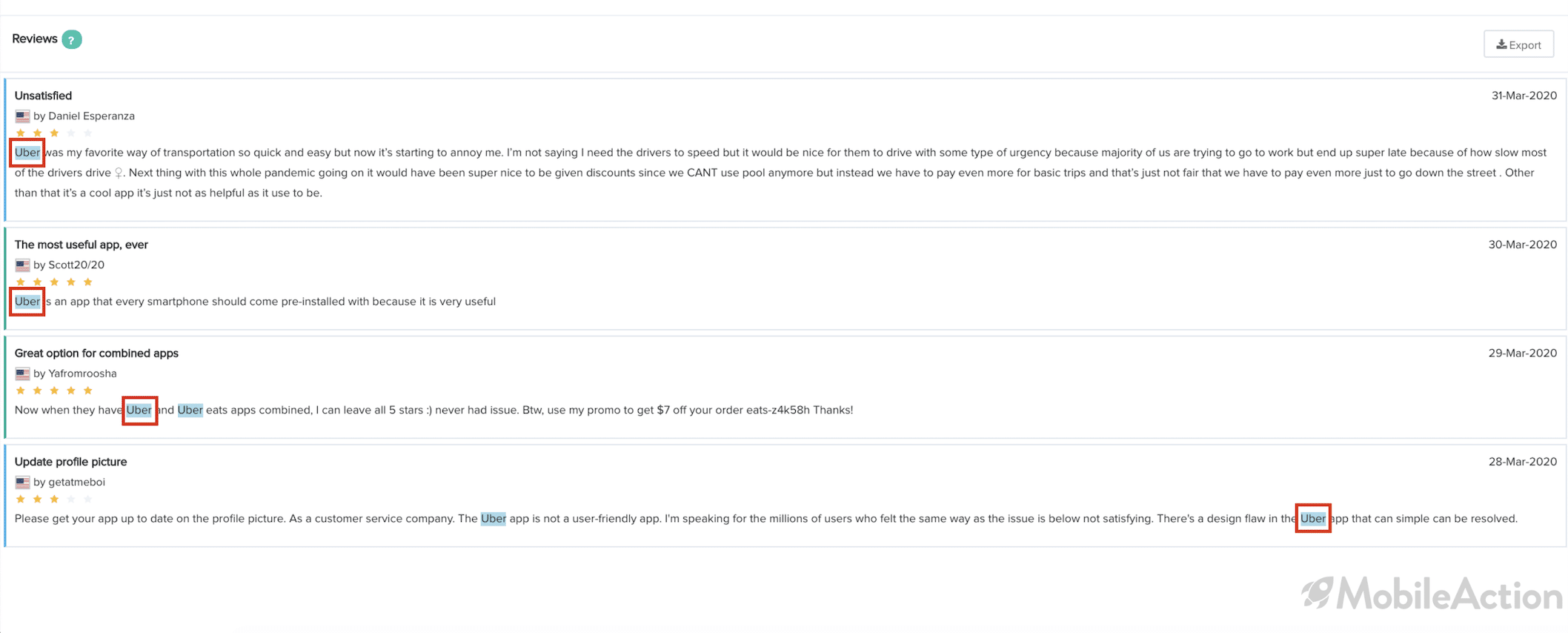
We can again choose to track these keywords individually and see them in reviews written by customers.
As you are able to see all kinds of reviews with ease, this tool is very helpful. If you want to improve users’ satisfaction you should be keeping track of the reviews and to not get overwhelmed during this process, MobileAction is ready to help. Schedule a demo with us. 🙂
App reviews are a good source for improvement, meaning that not only positive reviews have an impact on your app, and its category but also the negative reviews do have a contribution to your app.
You might have a question in your mind: How can a negative review positively contribute to your apps’ improvement?
Let me tell you, people put negative reviews when they come across to a certain bug, or when they are disappointed with a specific feature, or when it crashes way too often, while happy end-users just keep using your app.
App reviews that have an average below 3, are considered to be the negative ones. These ones can signal that your app has serious issues or should be stayed away from, resulting in scared users who won’t download your app or won’t even try it.
Related Resource:
Ratings and Reviews in App Stores
Make sure to have a look at Apple’s Review Guideline and Google Play Store support to get in-depth details on the importance of app reviews and ratings for mobile apps.
App reviews are important for new users, developers, and current users.
New users: Will have an insight into the app, as what to expect from it.
Developers: Will find out the pros and cons of the app, the general overview of customer satisfaction, the bugs that need fixing.
Current Users: Will have an opportunity to direct access to the developer and give their independent point of view that plays a significant role in this marketing.
Having reviews is also crucial for new businesses as it is the only source of credibility. The keywords in app reviews contribute to the ranking of your app in Google Play Store.
Google Play Search is key for ensuring users meet the relevant and popular apps they’re looking for. Make sure your app makes it in the store listing. This is important to get discovered by Google Play’s users.
A combination of factors is important for this, including; your apps name, description, keywords, reviews and ratings, and previous downloads.
Fixes and updates made to an app especially become important for Google Play Store as recent users’ ratings are used to decide an app’s average rating.
Pro Tip: Try to make yourself available, so that the users can reach you. Answer to negative reviews as fast as you can, and answer individually. Because when you answer, you show to your customers that you do truly care about them, that you are here to fix the bugs, to work out the issues that didn’t go well. This way, you will gain a certain level of credibility as a developer.
App Ratings
App ratings are very related to the reviews, of course. Some users don’t want to spend their time to put a review, but they do rate the app in order to show their feelings. So for the app’s visibility and credibility both the reviews and ratings count.
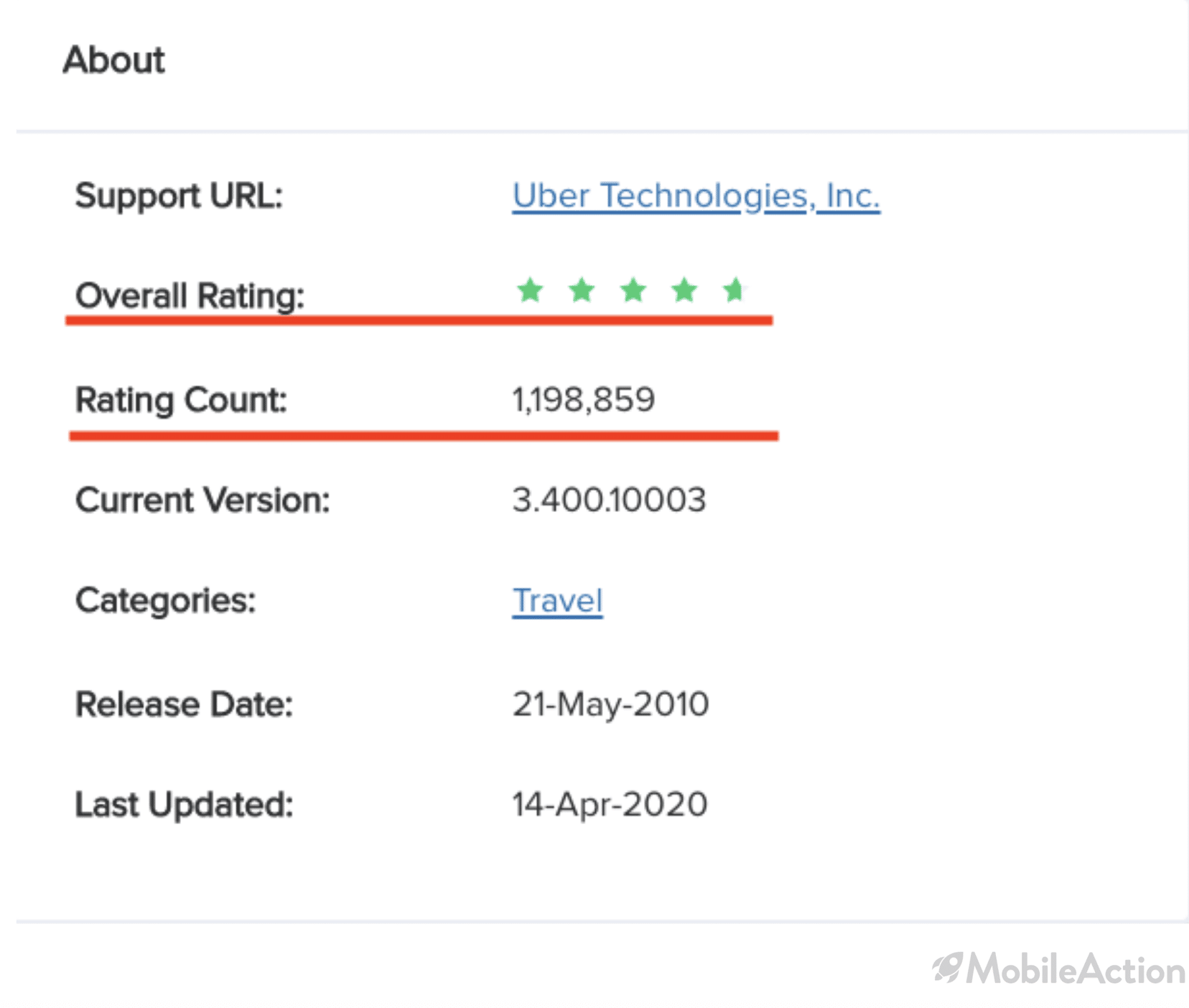
Rating Count: A number that shows how many times the app was rated.
When you search for a keyword in Google Play Store what you get as the search result is your App Icon, App Name, and Ratings. So, this means that ratings in Google Play Store directly contribute to the conversion rate.
Recommended Article:
- ASO for iOS: The Ultimate Guide to Mastering the Apple App Store
- Google Play App Store Optimization: The Definitive Guide
- Learn App Store Optimization
Bear in mind that the number of ratings and their average, as well as the number of app reviews, has a quite good contribution to the rankings of your app in app store search results.
How to Get Good Reviews
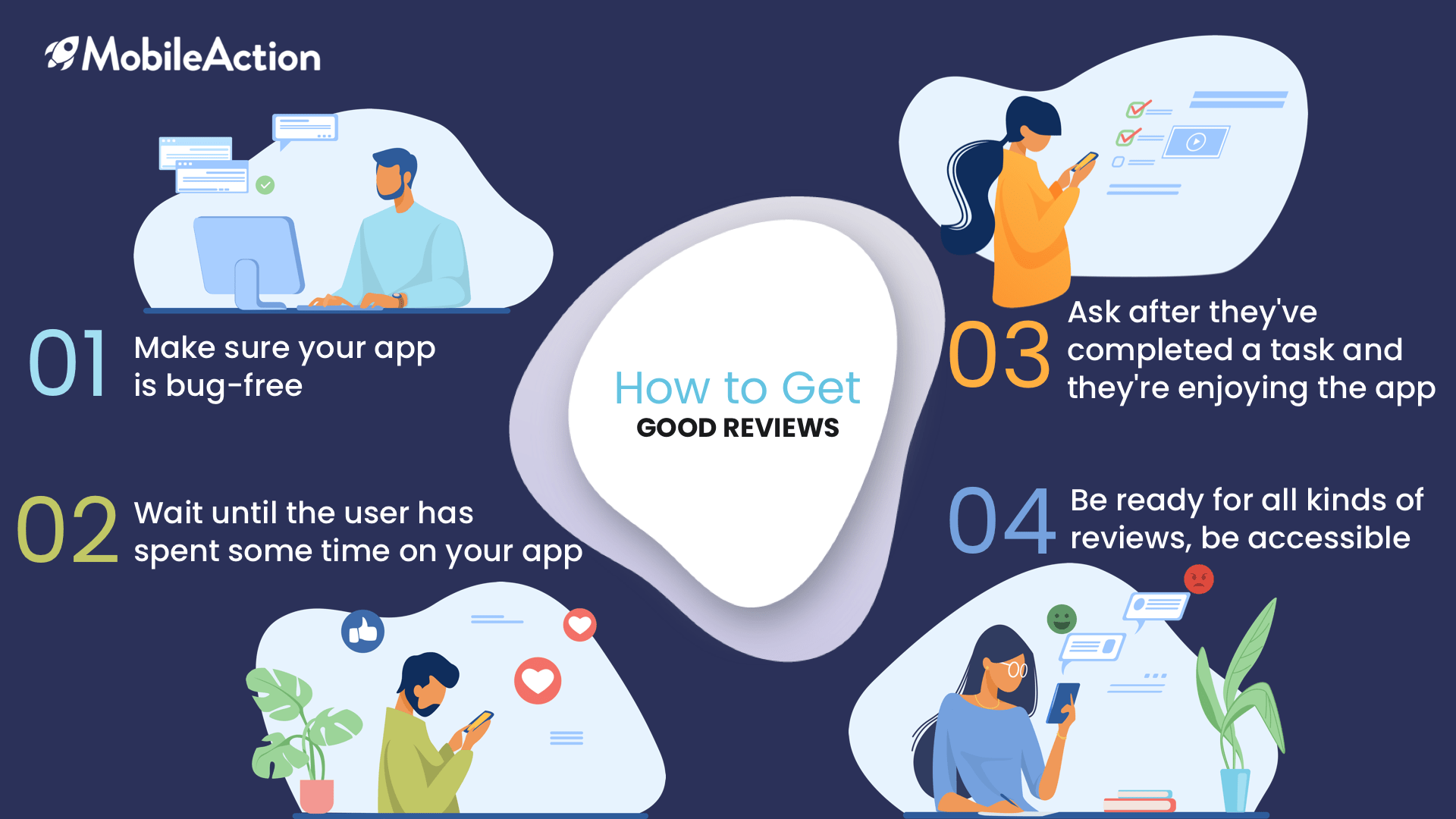
The key point in prompting the user to rate your app is in doing it at the right time and in the right place. As you want your app to get good reviews and ratings, it is crucial to know when to ask for them.
- First things first, make sure your app is good to go. You don’t want to ask for reviews if you need bug fixes or things of the sort.
- Wait until they have spent enough time on your app to have an opinion about it. Don’t bug users for reviews right after they’ve downloaded your app. This might be a huge turn-off.
- Choose moments users will be most happy with your app. This could be after they’ve cleared a level or a task or collected a new badge. Some tricky things to keep in mind here would be to not interrupt them. If they’re interrupted they’re going to be more likely to just click off and get annoyed.
- Be prepared to deal with bad reviews as well. Have accessible support contact information for users who are having trouble with your app. It is a direct way for users to reach you and an opportunity for you to fix negative thoughts about your app that could otherwise turn into bad reviews.
Key Factors for Good Reviews
Let’s look at some of the key factors of your app and how they’re going to affect your reviews first.
- Your title. Your title should be unique while still being easy to access and remember after the first glance. Do be careful to avoid common terms, and make sure your app highlights what your app is really about at its core.
- Your description. This one can be especially important if you are going to put your app in the Google Play Store too, as we have mentioned above. With a good description, just like your title, you need to aim for the bullseye. Think of yourself as one of your users and focus on what they might want to see and get out of your app. Do practice ASO but avoid spamming keywords in your description as Google Play Content Policies might cause you some trouble with that.
- Graphics. Your app’s icon and screenshots further distinguish your app from the other and help it stand out in searches. Good quality screenshots are a great way to highlight your apps best features.
- User experience. Google Play Store, ranks apps based on a combination of things. Ratings, reviews, and downloads are big ones. So, it is important to strengthen user experience by building a relationship with users. One of the most straight forward ways for this is by replying to reviews. Regularly fixing bugs and keeping your app up to date is also key. As well as asking for feedback and reviews at the right time. For instance, if you have a game app you could do this after they complete a level or get a reward.
Additional Tips
Besides asking your users to rate you at the right place and the right time (which is crucial to master if you want better reviews) there can be other things to get your app to rank higher. These might cost you extra, but it might be worth investing in. So here are some additional tips:
- Having influencers and famous people to review your app.
- Getting on editor’s page (which can come as a result of your ASO strategies.) This would do a whole world of good for your app. It’s like being on the front cover of a magazine.
Replying to your reviews. Even the bad ones, and especially the bad ones! This shows that you care about user experience and are willing to change. Being able to stand behind your own app is, of course, important.
Curious to see reviews of other apps? Schedule a demo with us and dig in the reviews! Learn about your users and competitors.
[wp-faq-schema title=”FAQs” accordion=1]
